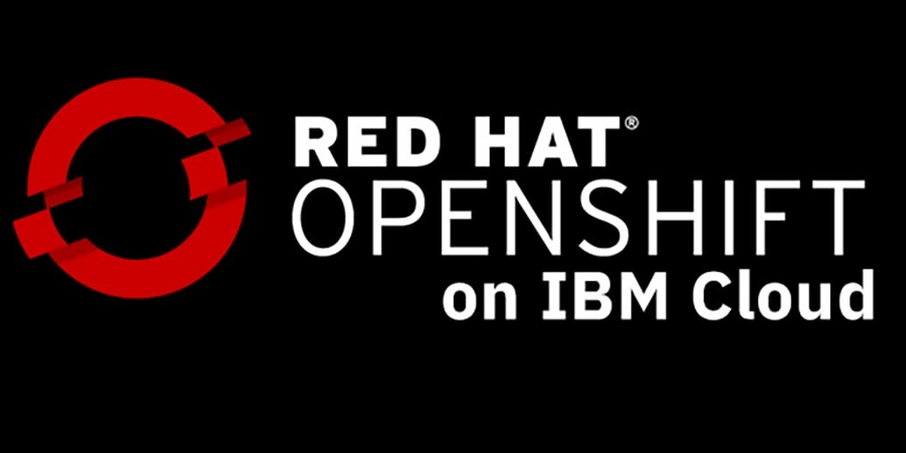Cloud security posture management (CSPM) tools enable businesses to continuously monitor their cloud environments, identify security risks, comply with industry standards such as the Center for Internet Security (CIS), and take appropriate action to mitigate those risks. As growing numbers of organizations move their applications and data to the cloud, they face new and complex security challenges. CSPM tools can provide a centralized view of an organization’s cloud infrastructure and resources, enabling security teams to quickly identify and address security issues before they become major threats. It becomes imperative to understand the specific need to choose the right tool as it comes with significant costs, especially the third-party ones.
This chapter highlights the importance of understanding the CSPM tools. It also compares and highlights the significance of cloud-native CSPM tools and cloud-agnostic CSPM tools. The previous chapter helped you identify your needs regarding CSPM and this chapter helps you map those needs with the right CSPM tool.
The following main topics are covered in this chapter:
- Cloud-native CSPM tools versus cloud-agnostic CSPM tools
- Agent-based versus agentless CSPM solutions
- Open source CSPM tools
- Understanding the Gartner Magic Quadrant
Let us get started with deep-diving into these topics!
Technical requirements
It is important to note that the specific technical requirements may vary depending on the CSPM tool you are using and the cloud platform you are working with. Therefore, it is recommended to review the documentation and training materials provided by the tool vendor to get a better understanding of the technical requirements.
Here are some things that it would be helpful to have:
- Familiarity with cloud computing platforms and services, such as Amazon Web Services (AWS), Microsoft Azure, or Google Cloud Platform (GCP)
- Understanding of networking concepts, such as subnets, routing, and firewall rules
- Knowledge of cloud-native services and orchestration technologies
- Understanding of security best practices and threat modeling methodologies
Cloud provider native CSPM tool
A cloud provider’s native CSPM tool is a security solution offered directly by the CSP, integrated into their cloud platform. These tools are designed to help users assess and enhance the security posture of their cloud resources within that specific provider’s ecosystem. Some examples of cloud provider-native CSPM tools are AWS Config, Microsoft Defender for Cloud, Google Cloud Security Command Center (SCC), and Cloud Guard by Oracle Cloud. We will discuss these tools in a later section of this chapter. Let us now try to understand some of the benefits of using CSPM tools offered by cloud providers.
